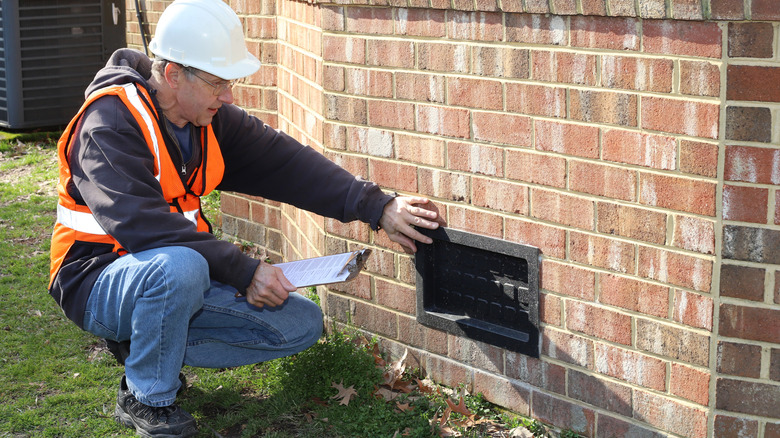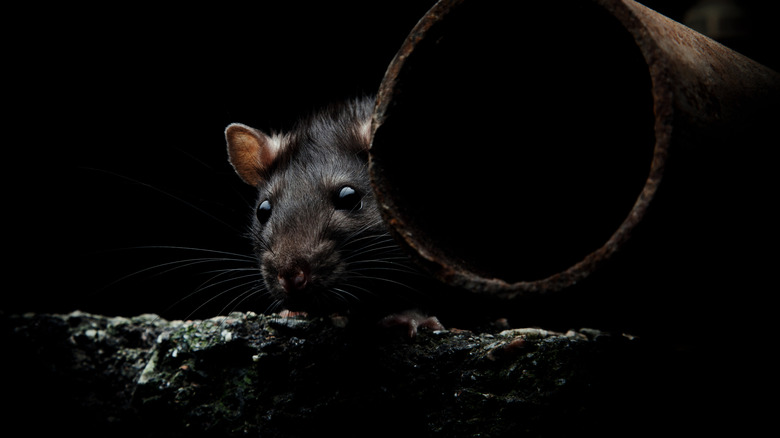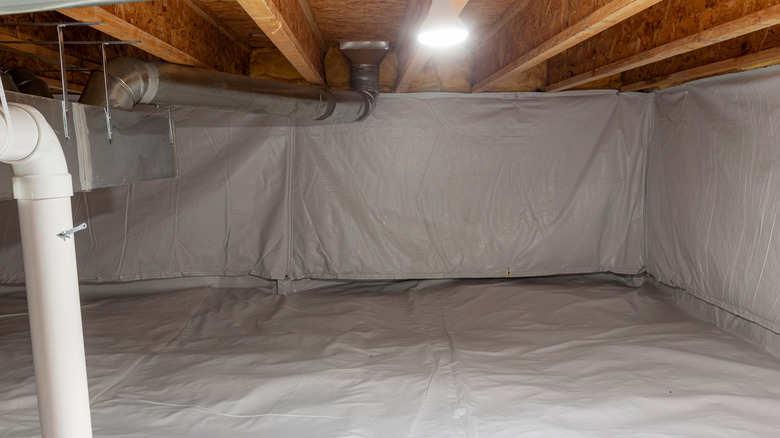Why You Should Close Your Crawl Space Vents In The Summer
If you have a crawl space at your home, you know that it can commonly cause problems if not cared for properly. It could cause musty odors, high humidity levels indoors, and a cold feel underfoot. A traditional way to design a crawl space and introduce fresh air to help with these issues was to install vents that went to the outside. A requirement to put in external vents in these areas became part of building codes starting in the 1950s.
In modern home construction, however, these vents are thought to do more harm than good, especially during summer. Keeping your crawl space vents closed during the summer is the right choice because a constantly damp crawl space could increase the humidity in your house, which is problematic.
When the crawl space is excessively humid, this moisture almost certainly will seep upward into the house, creating discomfort and potentially leaving your home humid even when the air conditioning is running. When humidity levels are too high, you might end up with mold or mildew formations, which generate poor odors or cause damage to materials in the home. Excess humidity can also put stress on the air conditioning unit while potentially shortening its longevity. Beyond preventing humidity inside the house, there are a few other good reasons for keeping the crawl space vents closed in summer.
Other benefits of closing your crawl space vents during summer
During hot summer days, crawl space vents provide an opening for heated air to move into the enclosed area. For homes that have crawl spaces, as much as 50% of the air inside your house might originate in the crawl space. It seeps upward through the floor into the house. When this crawl space air is extremely hot, some people compare the feeling to having your home sitting atop a heating pad. You'll probably see your cooling bills increase. A Building America research study shows 15% to 18% less energy usage when you have no vents in the crawl space versus open venting.
Closing the crawl space vents in summer can prevent unwanted odors from seeping into your house, too. When extremely humid air outdoors moves through the vents into the crawl space and makes contact with cool surfaces, it causes condensation. This could lead to a mold and mildew problem in the crawl space, allowing musty odors to seep upward into the home.
Additionally, if your vents are loosely installed or have large openings, they may allow rodents and other pests to move in. With open vents in summer and the crawl space being partially underground, pests might move through the vent holes to seek cooler conditions that are out of direct sunlight. Rodent droppings, urine, and food that these pests bring into the area might generate additional unwanted odors that seep through the floor and into your house.
Encapsulation and other options for permanently eliminating crawl space vents
If you simply would like to change your older crawl space's design so that you don't have crawl space vents, you have a few options. One of the most popular options is to do crawl space encapsulation. When encapsulating the crawl space, contractors will seal the vents, add materials that eliminate moisture issues, and potentially install a dehumidifying system. Encapsulation can be an expensive process, though, carrying an average cost of $5,000 to $16,000, meaning you might prefer a different idea for closing off the vents to try to save money.
Another option is to simply remove the vents in the crawl space. If it's an older vent, it could be loose in the foundation wall. You might be able to simply pull it out of place and add materials to cover the open area, such as concrete, a concrete patch, concrete blocks, or bricks.
You also could simply leave the vents in place and add covers that fit permanently over the existing openings. Consider adding plastic or aluminum covers that you'll buy and seal in place using silicone. To save even more money, you could purchase materials and make your own DIY crawl space vent cover using plywood or foam insulation board. After you seal the areas where the vents are in the crawl space, you'll want to add materials to reduce any build-up of moisture in the crawl space, such as vapor barriers, drain tiles, or a dehumidifier.


